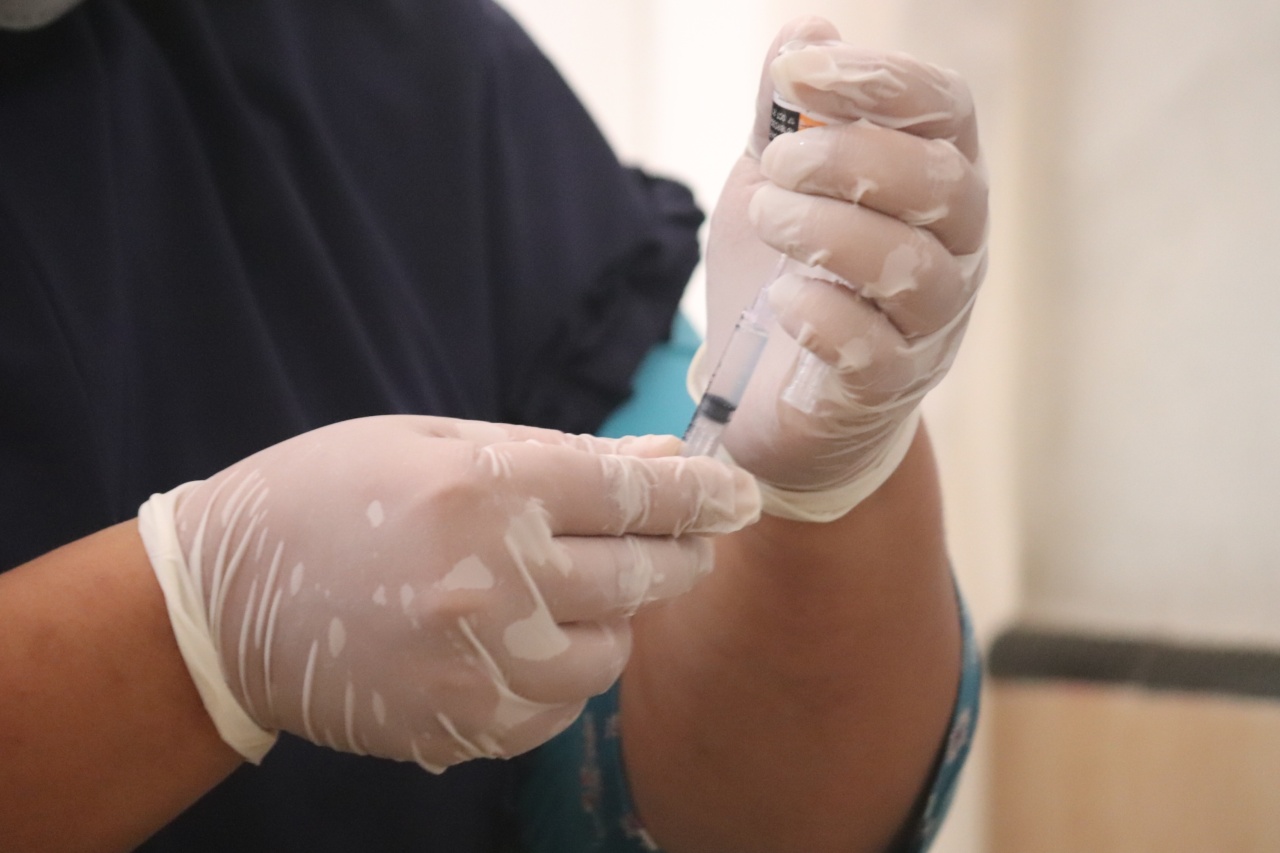The meniscus is a piece of cartilage in the knee joint that acts as a cushion between the thigh bone (femur) and the shinbone (tibia). It helps to absorb shock and distribute weight evenly across the joint.
Meniscus injuries are common and can occur from sudden trauma or degenerative processes over time. In this article, we will discuss how to prevent meniscus injuries, what causes them, and the different treatment options available.
Prevention of Meniscus Injuries
Prevention is always better than cure, and this holds true for meniscus injuries as well. Here are some tips to prevent meniscus injuries:.
Warm-up and Stretching
Warm-up exercises and stretching before any physical activity can help prevent meniscus injuries. This will increase the flexibility of the muscles around the knee joint and reduce the chances of sudden twists or turns that can damage the meniscus.
Strength Training
Building muscle strength in the quadriceps, hamstrings, and calves can help stabilize the knee joint and prevent meniscus injuries. Exercises such as squats, lunges, and leg presses can help strengthen these muscles.
Wearing Proper Footwear
Wearing shoes that fit well and have good arch support can help prevent meniscus injuries. This will provide better shock absorption and reduce the stress on the knee joint.
Proper Technique
Using proper technique when performing physical activities such as running, jumping, or landing can help prevent meniscus injuries. Avoid sudden changes in direction or twisting motions that can cause damage to the meniscus.
Causes of Meniscus Injuries
Meniscus injuries can be caused by sudden trauma or degenerative processes over time. Here are some common causes of meniscus injuries:.
Sports Injuries
Athletes who participate in sports such as football, basketball, soccer, and tennis are at a higher risk of meniscus injuries.
This is because these sports involve sudden changes in direction, jumping, and landing, which can cause damage to the meniscus.
Aging
As we age, the meniscus can become weaker and more prone to injury. This is because the cartilage begins to wear down over time, making it less resilient to the stresses placed on the knee joint.
Obesity
Being overweight or obese can put extra stress on the knee joint, which can lead to meniscus injuries over time. This is because the excess weight puts more pressure on the cartilage, causing it to wear down faster.
Treatments for Meniscus Injuries
There are different treatment options available for meniscus injuries depending on the severity of the injury. Here are some common treatments:.
Rest and Ice
If the injury is mild, rest and ice can help reduce pain and swelling. This will give the meniscus time to heal naturally.
Physical Therapy
Physical therapy can help restore strength and flexibility to the knee joint after a meniscus injury. This will involve exercises to improve range of motion, leg strength, and balance.
Bracing
A brace can help stabilize the knee joint and reduce the load on the meniscus. This can be particularly helpful for athletes who need to continue playing their sport while recovering from a meniscus injury.
Surgery
If the meniscus injury is severe, surgery may be necessary to repair or remove the damaged cartilage.
Arthroscopic surgery is a minimally invasive procedure that can be used to either repair the meniscus or remove the damaged part if it cannot be saved.
Conclusion
The meniscus is an important part of the knee joint that helps absorb shock and distribute weight evenly. Meniscus injuries can be caused by sudden trauma or degenerative processes over time.
To prevent meniscus injuries, it is important to warm-up and stretch before physical activity, wear proper footwear, and use proper technique. If a meniscus injury does occur, there are different treatment options available depending on the severity of the injury.




























